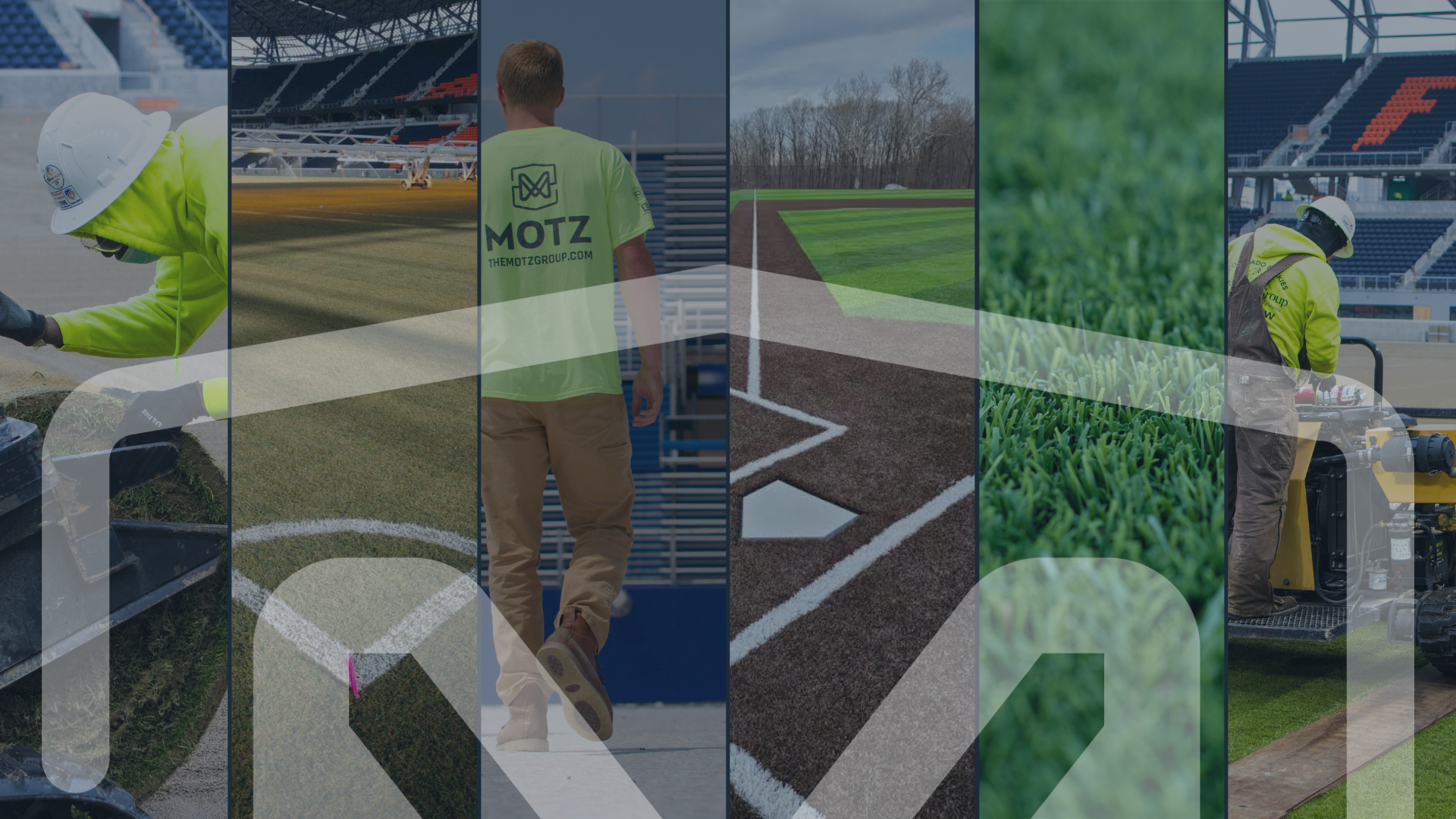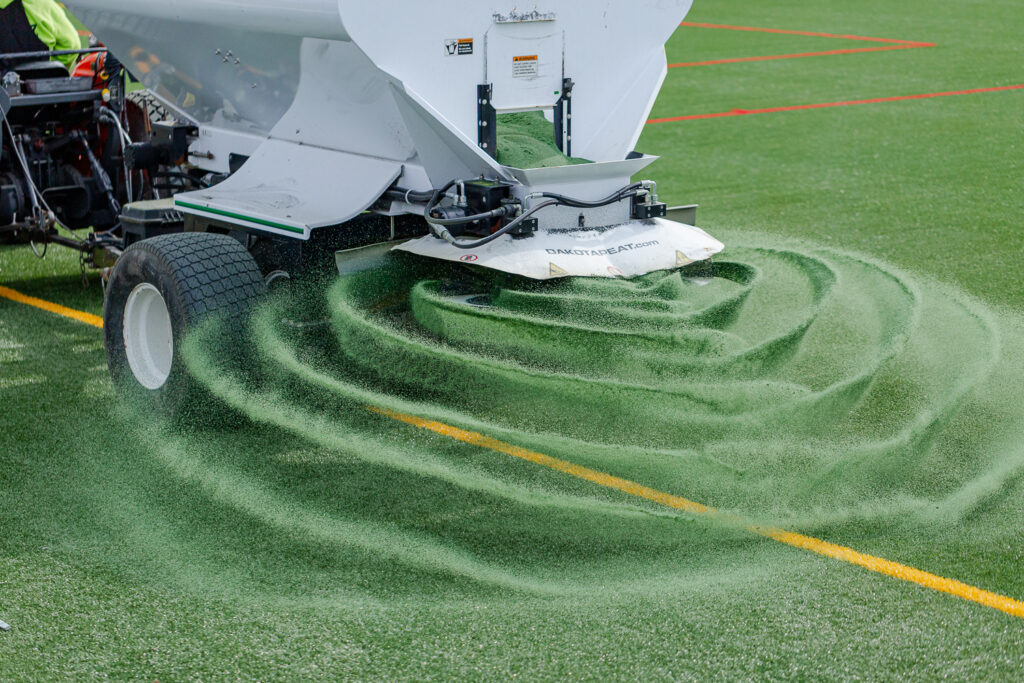
Sports Field Blog
Subscribe To Email Updates
Subscribe to our weekly newsletter and we’ll send updates straight to your inbox
How Much Does Artifical Grass Infill Cost?
When it comes to a major purchase, or any purchase really, price usually sits at the top on the list of priorities. Completely understandable. But, before we talk about price, let’s also talk about a few properties of infill so we can appreciate how they all play a part in answering the question “How much will it cost?”
Bulk Density
Bulk density is the weight of an object in a known volume, usually talked about in terms of pounds per cubic foot or lbs/cf or lbs/ft^3. Another way to think about bulk density is this… imagine a box that is 1 foot wide, 1 foot deep and 1 foot tall. That’s 1 cubic foot. Now imagine filling it up with one material, lets says cotton balls. The result would be a very light box. Now imagine filling that same box up with quarters. That would be one very heavy box because the quarters are much more dense (higher pounds per cubic foot) than the cotton balls.
Consolidation
Now imagine taking that same box of cotton balls – wetting it, compressing it, adding more cotton balls, and repeating until the box is full. You’d end up with a much heavier box than you started with because the material became consolidated. The consolidated box of cotton balls would still be lighter than the box of quarters.
Infill
In much the same way as the example above, infills have widely varying bulk densities and abilities to consolidate. Let’s take, for example, a product like Corkonut (a combination of cork granules and coconut fibers.) It’s very light, thus it has a low bulk density. That 1 cubic foot box would not be very heavy and if water were added, it would compress. On the other hand, a coated sand product has a high bulk density but doesn’t compress, even with moisture.
Depending on the system, varying quantities of infill are necessary to achieve the desired performance. And many of the light infills with lower bulk densities require a raw sand ballast layer. Depending on the infill selected and the turf specification, you might need as little as 0.5lbs per square foot or up to 7lbs per square foot. Needless to say, there are a lot of variables, which is why it’s so important for to have a field designer on your team who understands all of these facets and how they work together.
So how much DOES it cost already?!
Well we’re not there yet… upfront cost is only part of the question. You also need to factor in maintenance over the life of the field. On average, synthetic turf fields last 10 years. You’ll need to understand if the infill requires irrigation, regular top off or grooming due to excessive migration. It’s safe to say that most facilities are looking to lower their maintenance requirements by putting in a synthetic turf field so it’s wise to know the requirements upfront. Thinking ahead 10 years to replacement, it’s good to know if your infill can be reused, composted, recycled or does it need to be thrown away? These end of life options can be as little as $10,000 or as much as $70,000 depending on the infill.
So the answer to the question is… it depends. Sorry if you made it this far and you were let down, but hopefully you now have a better appreciation for the many factors impacting the cost. Give us a ring and we’d be happy to walk you through it!
Similar Blogs



